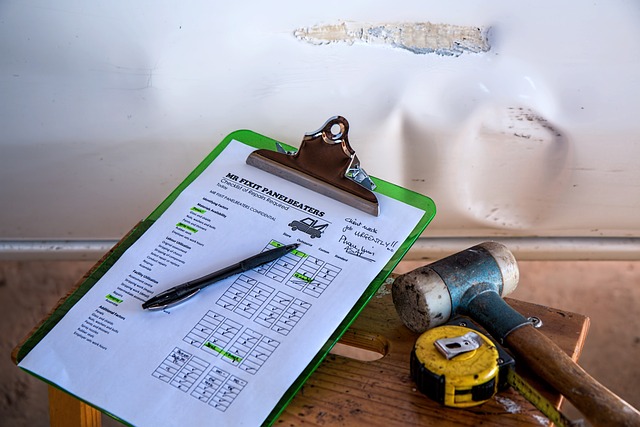General insurance encompasses various types of insurance policies that provide financial protection against a wide range of risks and liabilities. Unlike life insurance, which focuses on the financial well-being of beneficiaries after the policyholder’s death, general insurance covers risks related to property, health, vehicles, and other non-life-related assets. Let’s dive deeper into the main categories of general insurance and what they typically cover.
1. Car Insurance
Car insurance is one of the most common types of general insurance. It provides coverage for vehicles against financial losses due to accidents, theft, and other unforeseen events. Car insurance is usually divided into several types of coverage:
A. Liability Coverage
Liability coverage is mandatory in most places and covers the policyholder’s legal responsibility in case of an accident. This includes bodily injury liability (for injuries to others) and property damage liability (for damage to other people’s property).
B. Collision Coverage
Collision coverage pays for damages to the policyholder’s car resulting from a collision with another vehicle or object, regardless of who is at fault.
C. Comprehensive Coverage
Comprehensive coverage protects against damages not caused by collisions, such as theft, vandalism, natural disasters, and other incidents. It ensures that the policyholder’s car is covered for a wide range of potential damages.
D. Personal Injury Protection (PIP)
PIP, also known as no-fault insurance, covers medical expenses for the policyholder and passengers, regardless of who is at fault in an accident. It may also cover lost wages and other related expenses.
E. Uninsured/Underinsured Motorist Coverage
This type of car insurance provides protection if the policyholder is involved in an accident with a driver who does not have insurance or does not have enough insurance to cover the damages.
2. Homeowners Insurance
Homeowners insurance protects the physical structure of a home and the personal belongings inside it. It also provides liability coverage for accidents that occur on the property. Key components of homeowners insurance include:
A. Dwelling Coverage
Dwelling coverage insures the physical structure of the home, including walls, roof, and any attached structures. It pays for repairs or rebuilding in case of damage caused by covered perils such as fire, wind, hail, or vandalism.
B. Personal Property Coverage
This covers personal belongings such as furniture, electronics, clothing, and other items inside the home. It provides financial protection against theft, damage, or loss.
C. Liability Protection
Liability protection covers legal expenses and damages if someone is injured on the policyholder’s property or if the policyholder accidentally causes damage to someone else’s property.
D. Additional Living Expenses (ALE)
If the home becomes uninhabitable due to a covered event, ALE coverage helps pay for temporary living arrangements, such as hotel stays and meals, until the home is repaired or rebuilt.
3. Health Insurance
Health insurance provides financial coverage for medical expenses, including doctor visits, hospital stays, surgeries, prescription medications, and preventive care. Health insurance plans vary widely in terms of coverage and costs, but key components typically include:
A. Preventive Care
Coverage for routine check-ups, vaccinations, screenings, and other preventive services to help maintain health and prevent illness.
B. Emergency Care
Coverage for emergency medical services, including ambulance rides, emergency room visits, and urgent care.
C. Hospitalization
Coverage for hospital stays, including room and board, surgeries, and other inpatient services.
D. Prescription Medications
Coverage for prescription drugs, often including a formulary list of covered medications and varying co-pays.
E. Mental Health Services
Coverage for mental health and substance abuse treatment, including therapy sessions, counseling, and inpatient rehabilitation.
4. Travel Insurance
Travel insurance provides financial protection for travelers against a wide range of risks and incidents that may occur before or during a trip. Common components of travel insurance include:
A. Trip Cancellation/Interruption Coverage
Reimbursement for prepaid, non-refundable trip expenses if the trip is canceled or interrupted due to covered reasons, such as illness, injury, or natural disasters.
B. Medical Coverage
Coverage for medical expenses incurred while traveling, including doctor visits, hospital stays, and emergency medical evacuation.
C. Baggage Loss/Delay Coverage
Reimbursement for lost, stolen, or delayed baggage, including the cost of essential items while waiting for delayed luggage.
D. Travel Delay Coverage
Coverage for additional expenses incurred due to travel delays, such as accommodation and meals.
5. Commercial Insurance
Commercial insurance provides financial protection for businesses against a wide range of risks and liabilities. Key types of commercial insurance include:
A. Property Insurance
Coverage for physical assets such as buildings, equipment, inventory, and other business property against damage or loss due to covered perils.
B. Liability Insurance
Coverage for legal expenses and damages if the business is held liable for injuries or property damage caused to third parties.
C. Business Interruption Insurance
Coverage for lost income and operating expenses if the business is temporarily unable to operate due to a covered event, such as a natural disaster.
D. Workers’ Compensation Insurance
Coverage for medical expenses and lost wages for employees who are injured or become ill as a result of their work.

GIPHY App Key not set. Please check settings